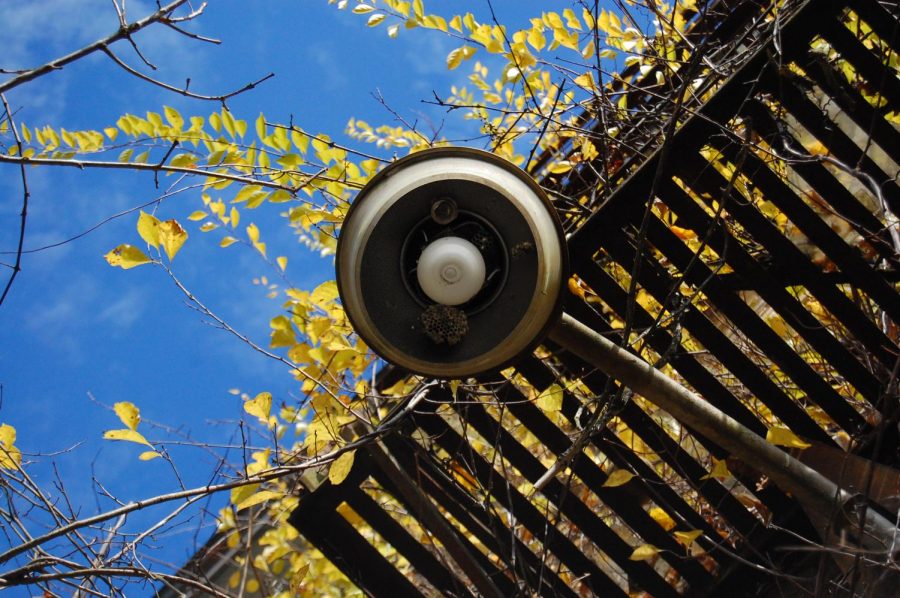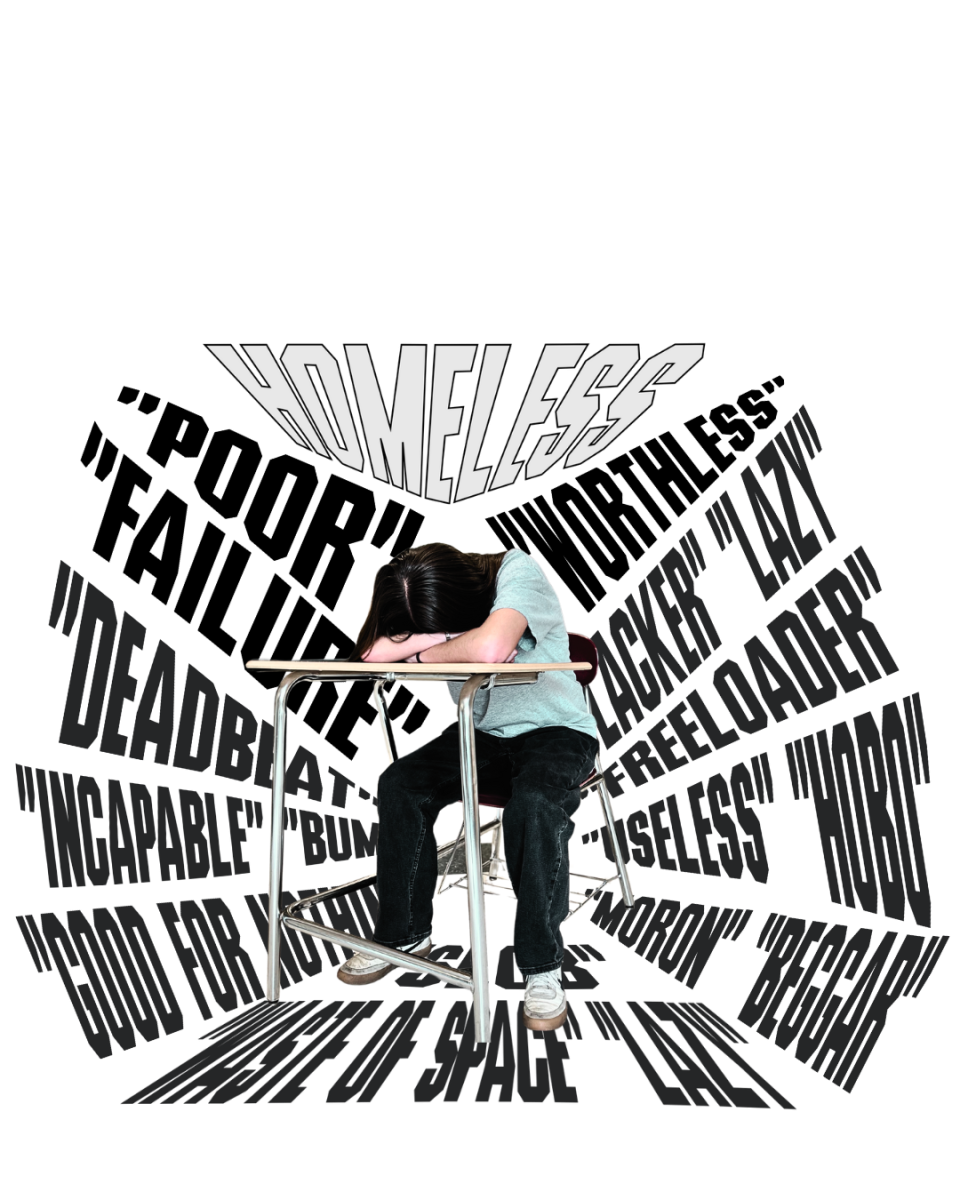Bird’s Eye View: Places forgotten, a future unknown
February 21, 2021
The crumbling concrete remains of a mansion, said to have been built by a doctor for his love before she died. A true ghost town, abandoned and demolished after a disaster that spanned decades. An old, decaying schoolhouse covered in ivy, surrounded by broken glass and wild shrubbery. Houses and churches, left and forgotten, lining roads that once had a purpose but no longer do. These places, crumbling and desolate, hold stories and fragments of the past that connect us to history and foreshadow a possible world to come.
At some point in the past year, I developed a fascination with abandoned places like these. I’ve photographed sites throughout my home state of Pennsylvania, as well as in West Virginia while on a camping trip. Both states, at one time, enjoyed a prosperous coal mining industry, but as a result, each bear the scars of environmental destruction and economic collapse. Towns across the country share similar histories as well. Although “small town America” might appear idyllic and quaint, in reality many of them are dilapidated and tired after industries such as coal or steel failed, bringing only short-term prosperity.
At first, I viewed this as a fun, adventurous hobby: capturing images of these crumbling sites that most people have simply forgotten — which can be extremely photogenic, too, with grass, moss, and ivy free to grow and reclaim what were once institutions of society. But, as time has progressed, I’ve begun to view this hobby differently. I’m drawn to these forgotten scenes because they represent a future where nature has taken over and reclaimed the planet that we have destroyed; and with that, a future where society itself has changed entirely. Therefore, a future of which I am hopeful yet terrified.
In the 1960s, the residents of Centralia, Pa saw their community thriving. Hope lived in this town of 1,400.
This hope soon died.
The residents could never have imagined that in just a couple of decades, their town would be comprised of mostly unidentifiable, desolate streets due to an unexpected disaster which would provide fuel for a horror movie. The fuel? A trash-burning at the landfill gone awry, as the fire leaked into the coal mines below.
Likewise, the students of Alderson Academy in West Virginia would never have imagined that the school they attended each day would one day become a mere shadow of what it once was, giving a home to beehives and birds’ nests. The Academy went through many changes as an institution: it was first a private high school, then a college, then a Baptist high school, and finally an apartment complex before its eventual demise in the 1990s. It has taken less than three decades for the building itself to literally crumble.
(story continues below)
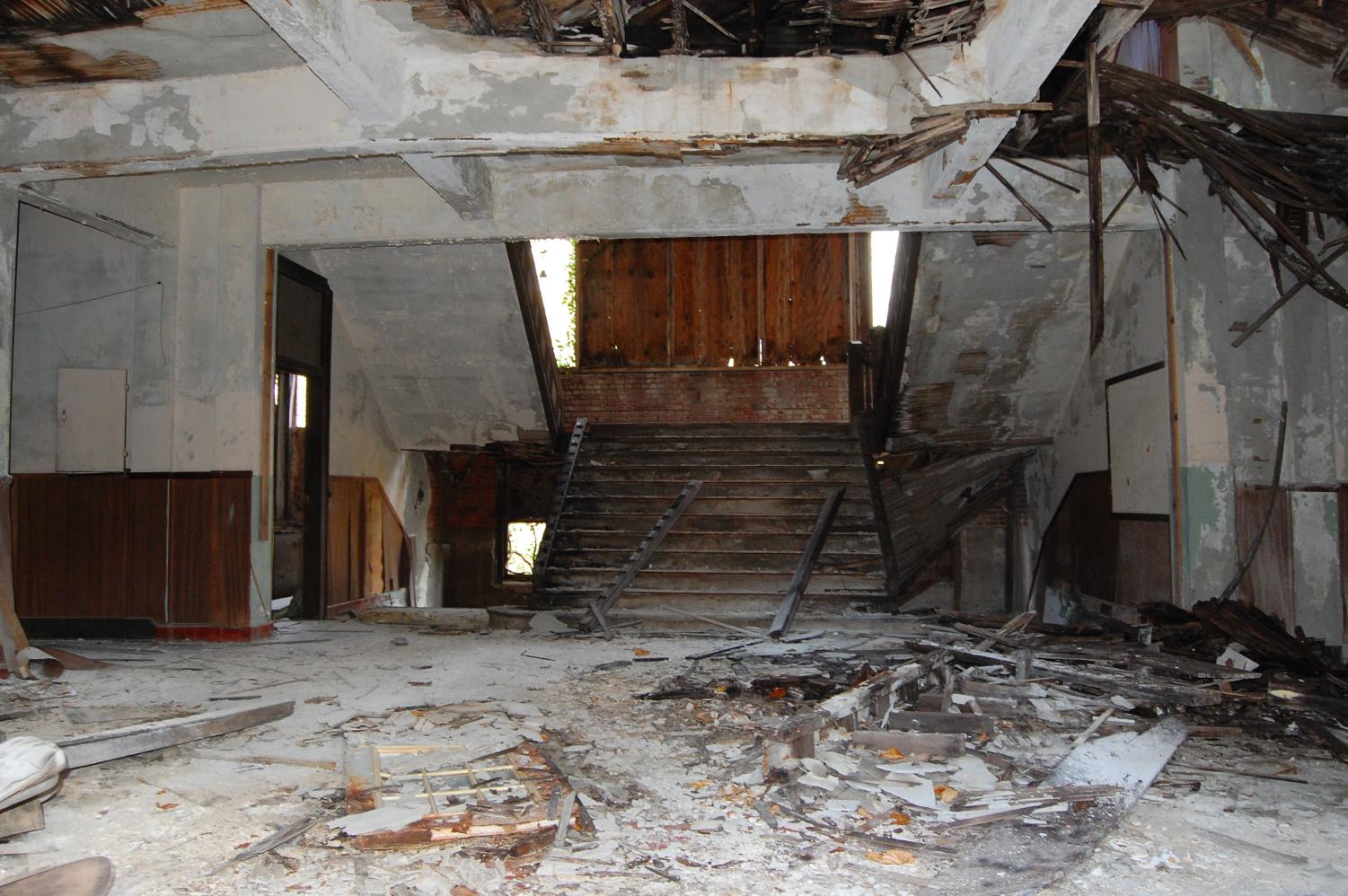
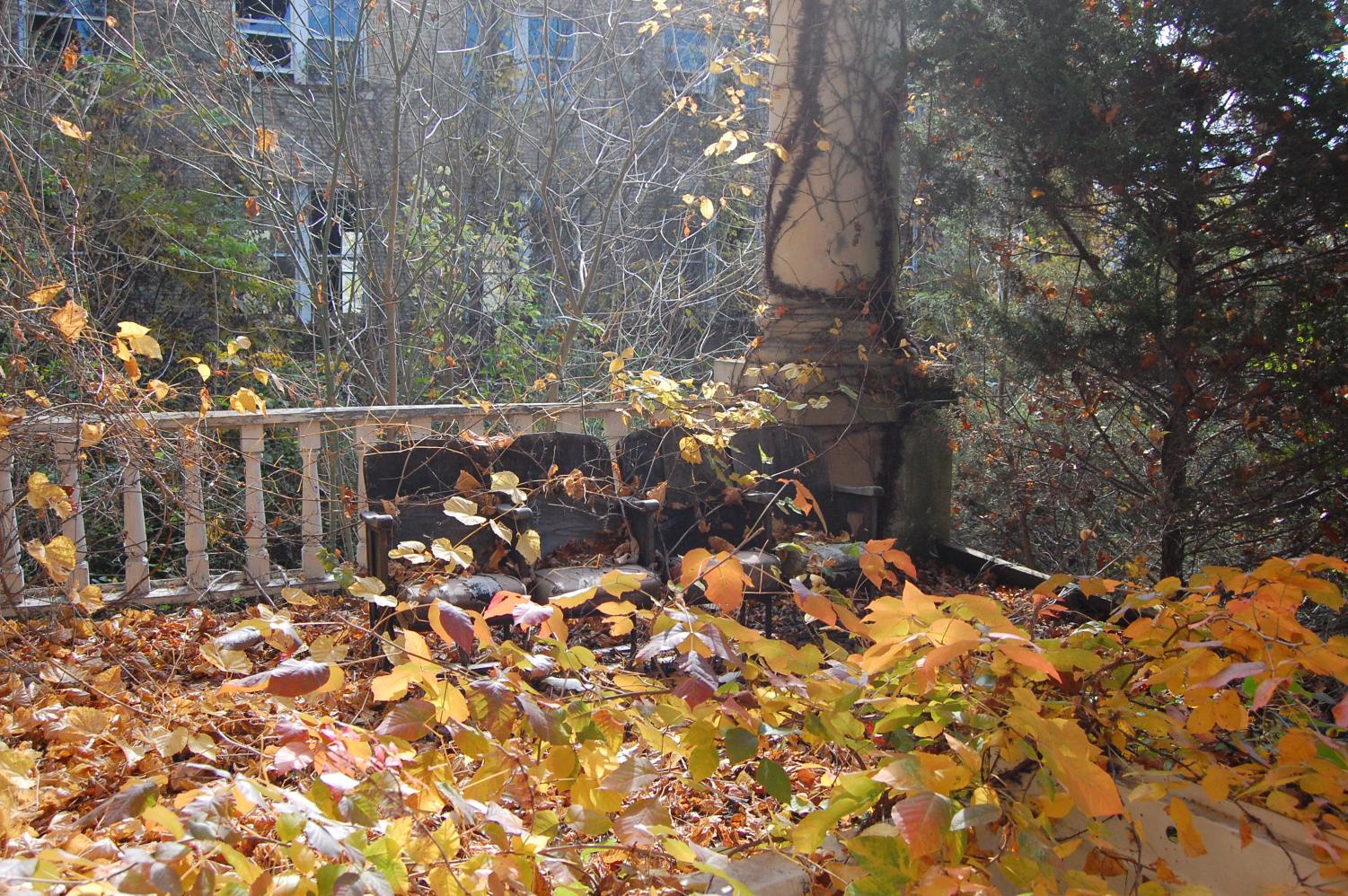
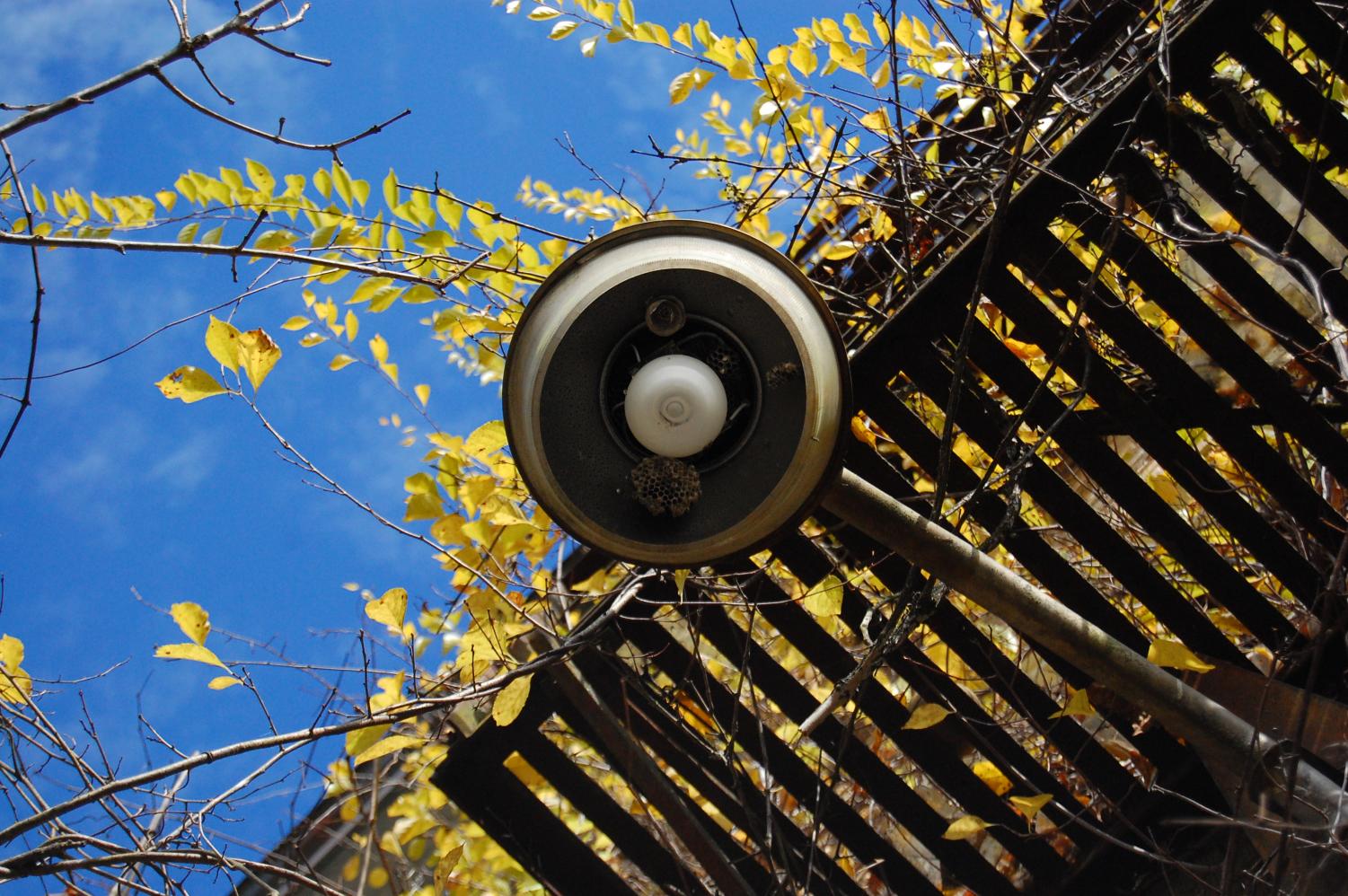
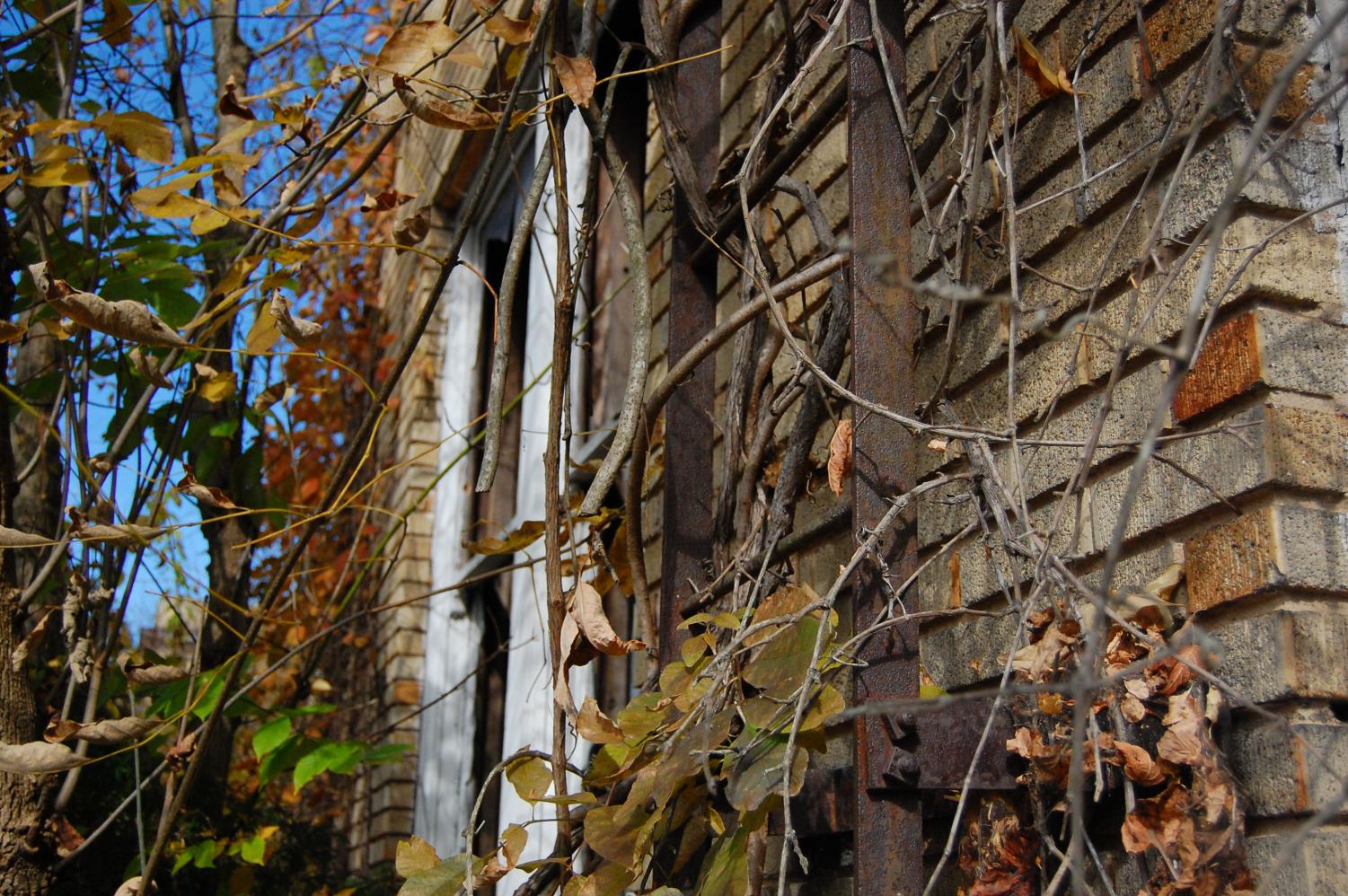



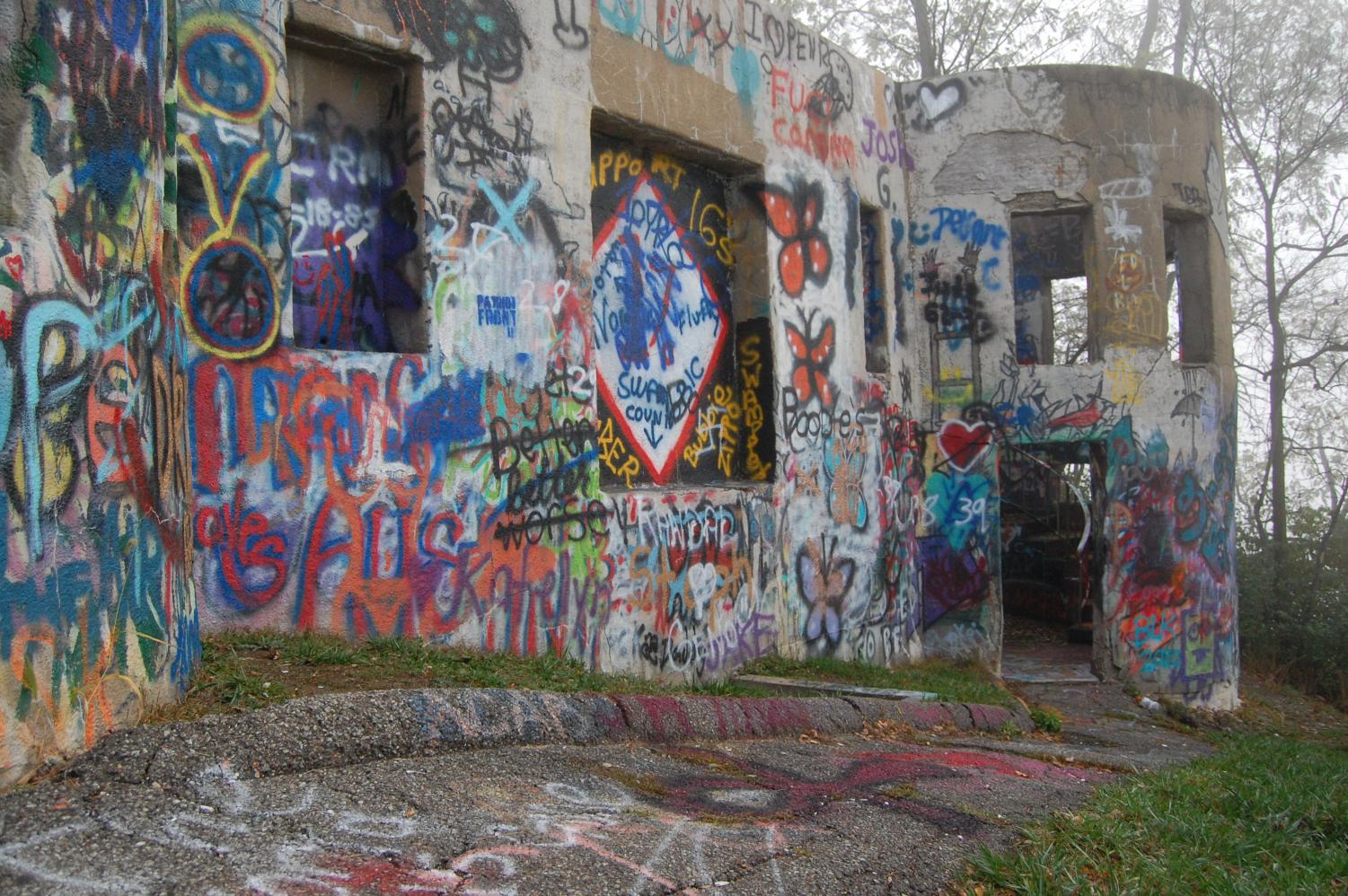
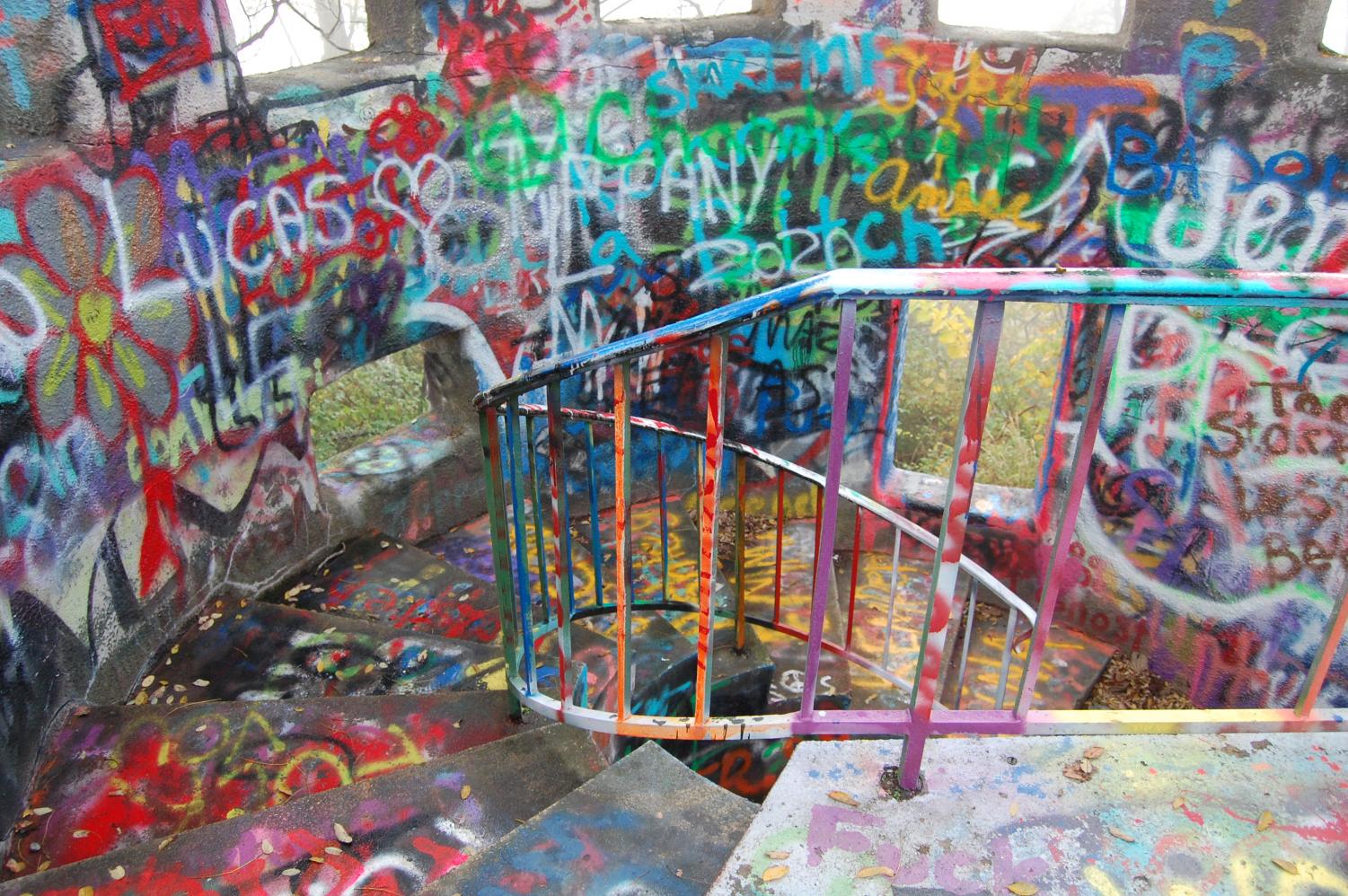
So, who’s to say that the same seemingly tragic end won’t befall other parts of our everyday lives, or society as a whole, as time goes on? Especially taking into consideration that scientists say we have less than a decade left before the effects of climate change become irreversible.
In the past year, we have witnessed so much death and destruction, so many seemingly apocalyptic events and sights, from environmental crises such as the California wildfires and the eerily red sky, to the deadly pandemic ravaging the entire globe. We’ve all been through a lot. It’s not difficult to imagine that one day, maybe in the not-so-distant future, all of society will ultimately crumble and become like these desolate abandoned places. Yes, maybe this paints a fairly bleak picture; but, it also provides an opportunity for us to reflect and find new systems of living, ones where we don’t destroy the natural world in the process.


